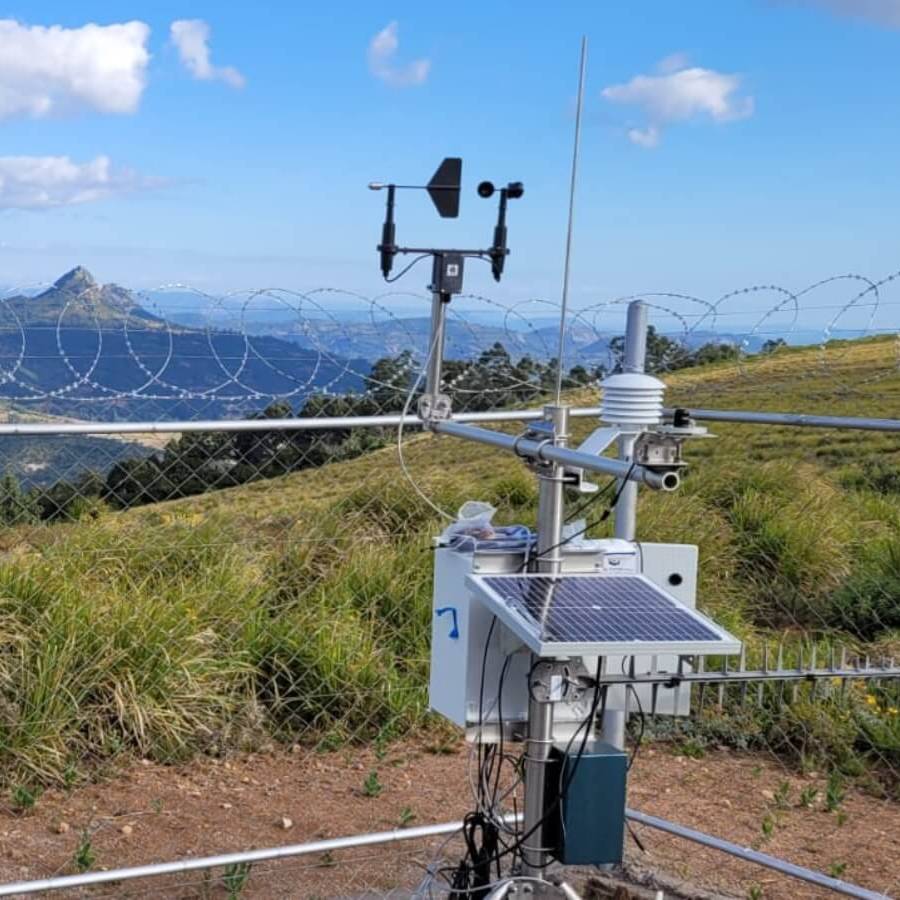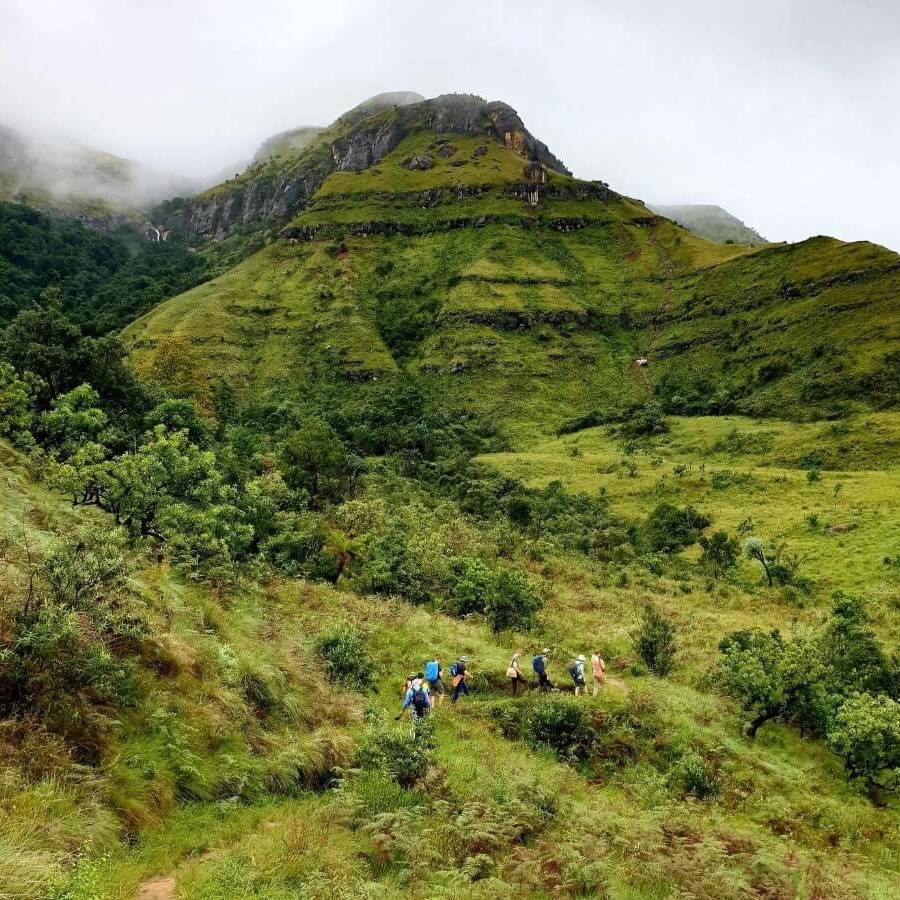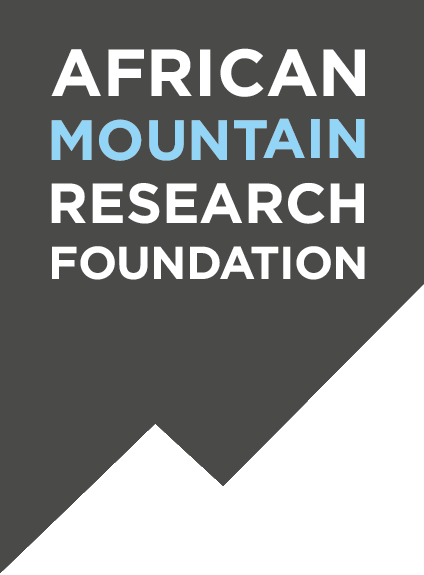The challenge
Across southern Africa, mountain systems like the Maloti-Drakensberg and Mount Mulanje act as water towers for rapidly expanding towns and cities, and provide cool havens for birds, insects, animals and even fish.
But these mountains are degrading fast – because of climate change, and the growing numbers of people and their livestock that live on them, because of the introduction of alien invasive species like black wattle and patula pine that suck up precious water and displace fragile habitats.
If we do nothing, these mountains will become dry and empty of life. We must not let that happen.
Our response
We champion these mountains and the services they provide to the region.
We build research centres on mountains to enable local scientists to conduct field research, we install weather stations on summits and provide rare, high elevation data free of charge to governments and businesses, and we are working with universities to co-create a community of practice for southern African mountains.
By making mountains focal areas for research, we enable policy makers to develop effective trans boundary solutions that safeguard the mountains and enable them to be sources of fresh water and islands of biodiversity.
The solutions
- Weather Stations & Research CentresThere are just a handful of hydro-meteorological stations across the vast region of southern African mountains - ten of them are operated by us. Our mission is to build a network of 36 rugged, solar powered weather stations across Angola, Lesotho, Madagascar, Malawi, Mozambique, South Africa, Tanzania, Zambia and Zimbabwe by 2035. Alongside weather stations, we are building a network of mountain research centres to enable scientists from the region and around the world to live and work on the mountainside, researching everything from grasses and butterflies, to the migration of the iconic blue swallow.Learn more..
- DataWe operate ten stations, two in Malawi, two in Zimbabwe’s Manica Highlands, and six in South Africa's Maloti-Drakensberg mountains. Equipment was portered to the summit by hand and installed by technicians from the University of KwaZulu Natal in Durban. The data these stations generate on wind speed, temperature, rainfall and air pressure is updated every 2 minutes and downloaded onto our portal. It’s used by the Met Offices in Harare and Lilongwe, by farmers and academics. Once the stations are up and running the data they generate is freely available to anyone who may need it. No one else is doing this.Learn More...
- ConferenceIn March 2022 we co-hosted the first ever Southern African Mountain Conference (SAMC2022) which took place in the Maloti-Drakensberg mountains of South Africa. With UNESCO patronage we joined together with our partners at The Global Mountain Safeguard Research Programme (GLOMOS: United Nations University Institute for Environment and Human Security and Eurac Research) and the Afromontane Research Unit (University of the Free State) to arrange this momentous 5 day event. The next conference SAMC2025 is being planned right now.Learn More...
- Research TripWe are working with universities to co-create a community of practice for southern African mountains. We sponsor students from the region to conduct field research using data from our weather stations to conduct their research.Learn More...
- PartnershipsWe collaborate with national authorities, universities, NGO, National parks, service providers, and local agencies. These partnerships enhance our ongoing programmes’ impact.Learn More...





The countdown to SAMC2025 has begun!
The countdown has begun to March 17th for our 2nd Southern African Mountain Conference (SAMC) taking place at the beautiful Champagne Sports Resort in Central Drakensberg.
Our stories
Help us on our mission
Mountains Matter. They are home to 15% of the world’s population, host about half of the world’s biodiversity hotspots, provide freshwater for everyday life to half of the global population and help to sustain agriculture and supply clean energy and medicines. Help us to protect them.


















